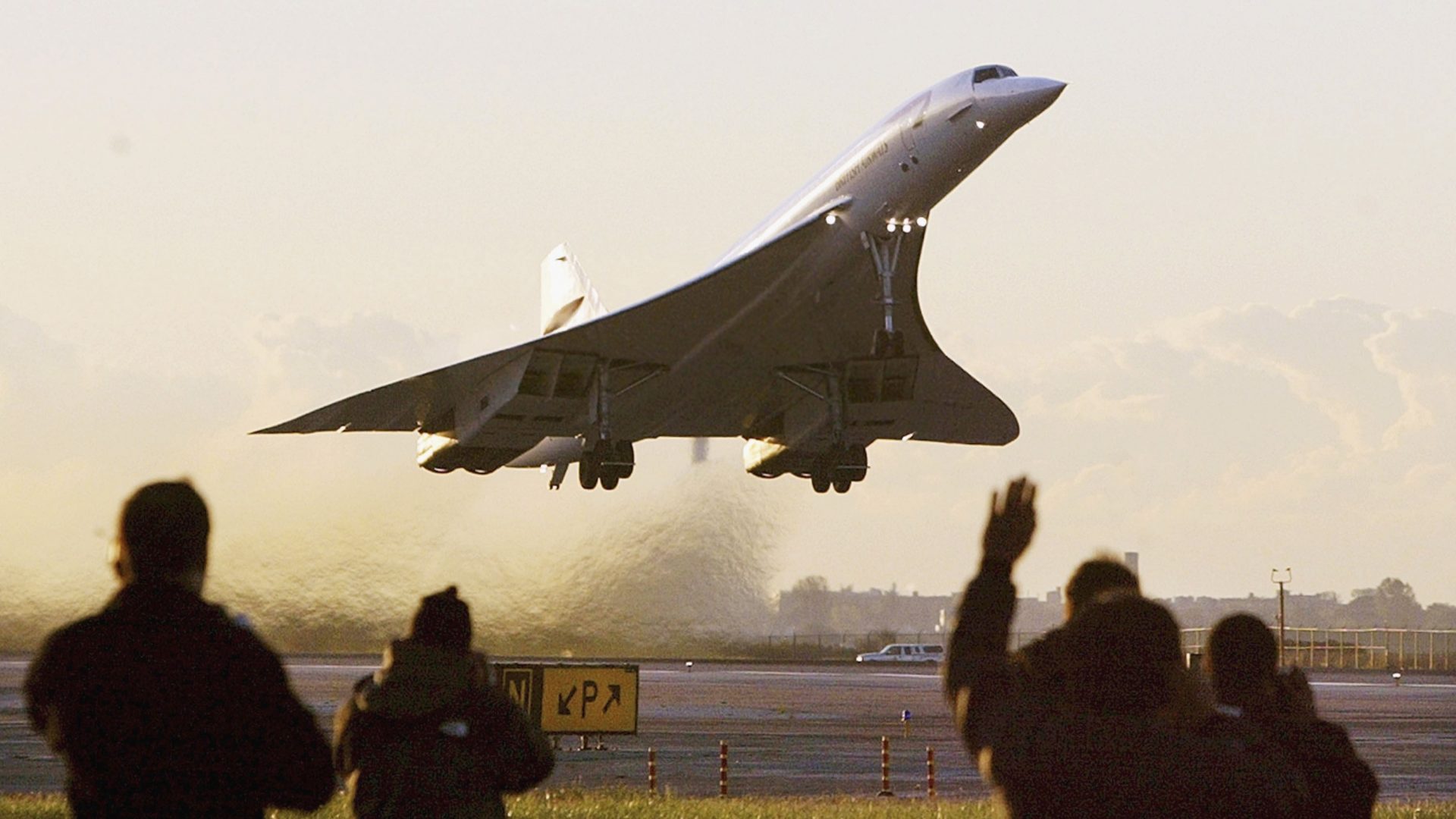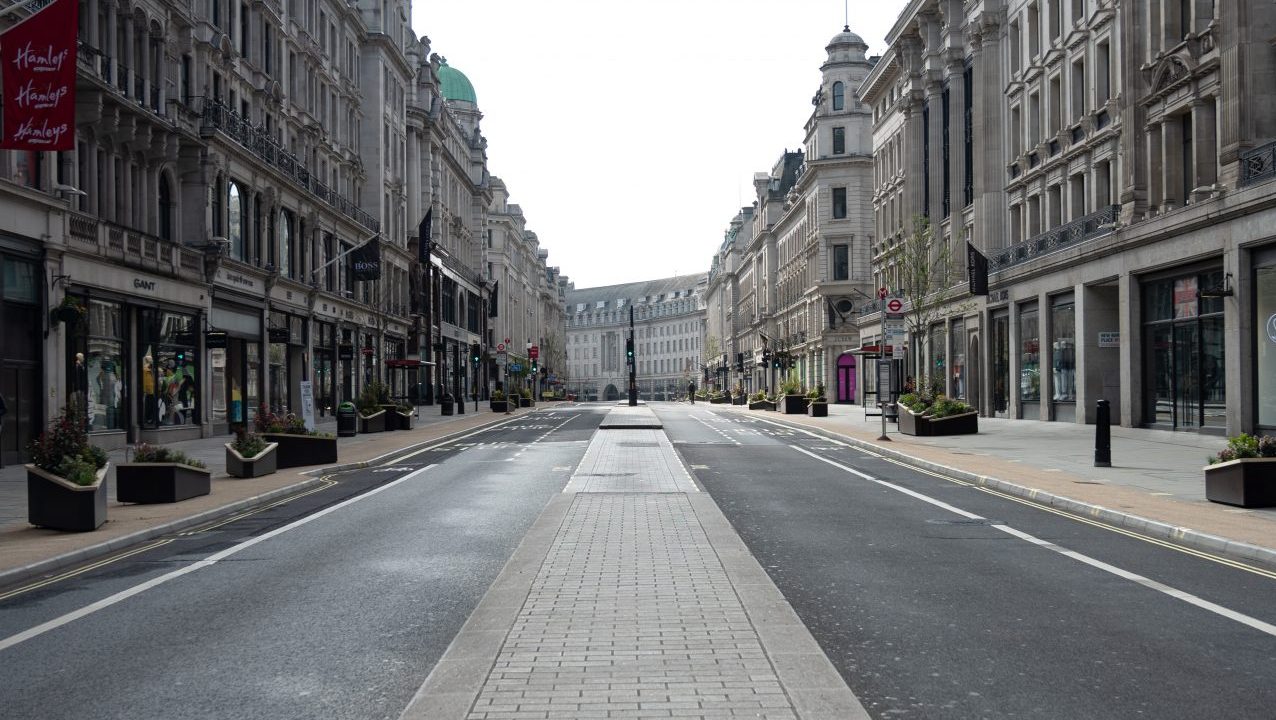It started with a distant rumble. Then glasses on shelves started to tinkle. Ten seconds later you couldn’t hear the TV. If you were on the phone you had to tell your fellow interlocutor to hang on for 30 seconds. Concorde was passing over.
In 1988 I lived in Isleworth, directly beneath the westbound flightpath into Heathrow. Every evening at 5.25pm and again at 10.25pm, the world’s only supersonic airliner would growl its way over my small patch of west London and for half a minute human interaction had to cease. It was exhilarating, intrusive and somewhat bombastic in equal measure.
I heard that growl again 15 years later as I stood atop my office building in central London. Concorde was making its final approach into Heathrow surrounded by two of its sister aircraft. It seemed pretty much the whole city had turned out to witness its final scheduled journey.
Concorde, a Franco-British collaboration in the days when those things still seemed possible, had long struggled to turn a profit. When an Air France Concorde caught fire on take-off from Paris’s Charles de Gaulle airport in July 2000, crashing and killing everybody on board and grounding all flights for 16 months, the end was nigh. Three years and three months after the Paris crash, Flight BA2 took off from New York. A little over three and a half hours later it appeared over central London. Commercial supersonic flight ended that afternoon – October 24 2003.
Only 20 Concordes were ever built, six of them test prototypes. There may have been glamour inside the aircraft – Joan Collins was ubiquitous; Paul McCartney is said to have led sing-songs aboard – but the aircraft was cramped, almost bus-like inside and could only carry around 100 passengers, meaning tickets that started out at an eye-watering $1,500 return between London and New York in 1976 were costing an extortionate $12,000 by 2003. And it guzzled gas, about a tonne per transatlantic passenger per flight. Concorde was, undeniably, environmentally unfriendly.
Because of the sonic boom it created at speeds faster than sound, it could only fly supersonic over oceans, and cheap, long-distance flight ultimately proved far more attractive to the public than high-speed, hugely expensive travel. The new Boeing 747s could also fly twice as far as Concorde while carrying four times as many passengers.
Aviation magazine Flight International described it as “one of aerospace’s most ambitious but commercially flawed projects”. Sixteen airlines made initial orders, but only British Airways and Air France – with government support – ever bought any.
But if Concorde could be deemed a failure – at least on a fiscal level – what a gloriously splendid failure it was. When Britain and France merged their tentative supersonic flight programmes in 1962, the agreement, or concord, that would eventually provide the aircraft with its name – commercial flight above the speed of sound – suddenly became feasible. Fifteen years later, the unmistakeable delta-winged, tailless aircraft was flying transatlantic from London and Paris to New York and Washington DC at twice the speed of sound.
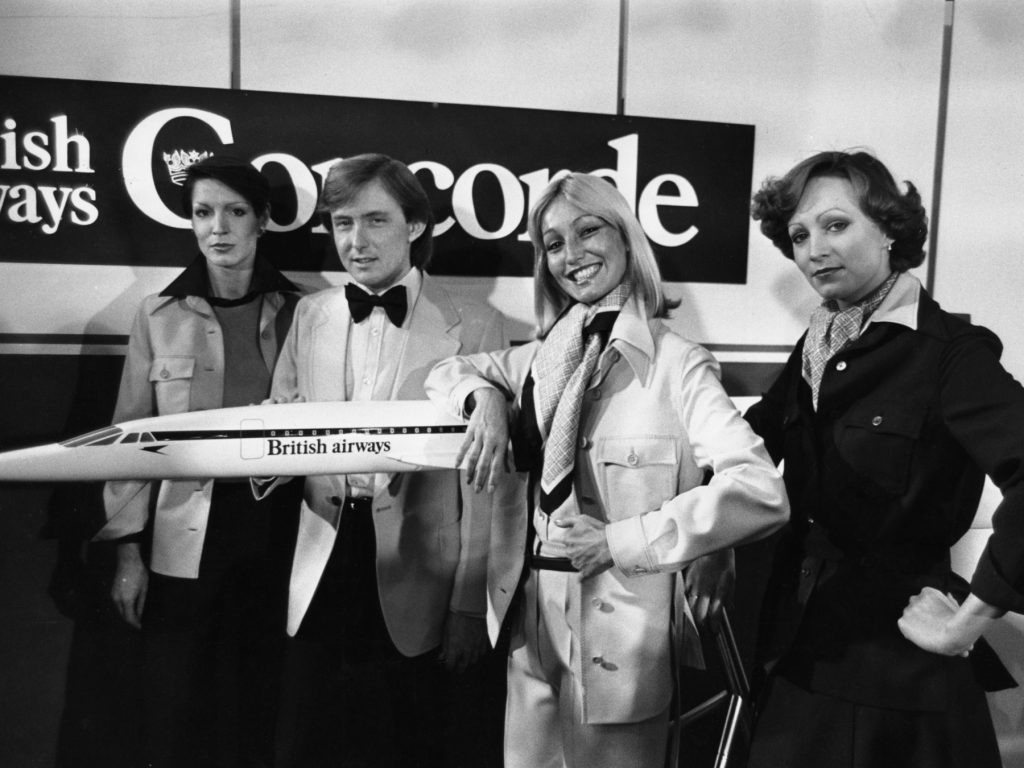
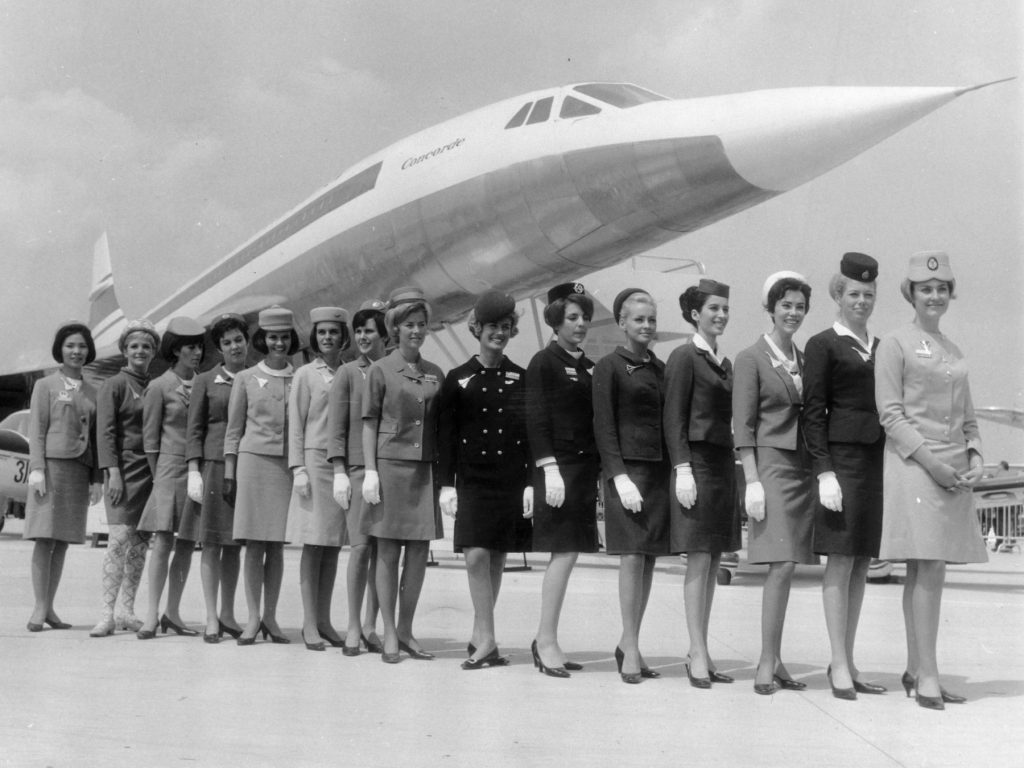
And while citizens in all four cities (and plenty of others elsewhere) complained about the excessive noise created by its four Rolls-Royce/Snecma Olympus 593 engines – and it was loud, rocking an ear-busting 120 decibels at take-off – very few people remained unimpressed by its performance.
It could rattle off the journey between London and New York in around three and a half hours, flying at twice the speed of sound – a standard subsonic flight today takes at least double that.
Flying west to east with tailwinds, Concorde was even quicker – its record crossing was 2 hours, 52 minutes, 59 seconds on February 7 1996. It travelled faster than the rotation of the Earth.
The heat generated by its maximum cruising speed of 2,179km an hour meant that Concorde’s airframe expanded by anything up to 30 centimetres during flight. The aircraft’s nose sometimes reached 127°C and passengers in the rear seats could see the aircraft flex along the length of its fuselage. It flew at an altitude of more than 18,000 metres. That’s in the stratosphere. This meant passengers could see the curvature of the Earth. But it had to be through smaller windows than on other airliners – flying at that height meant a loss of cabin pressure via fractured glass would lead to a catastrophic loss of life.
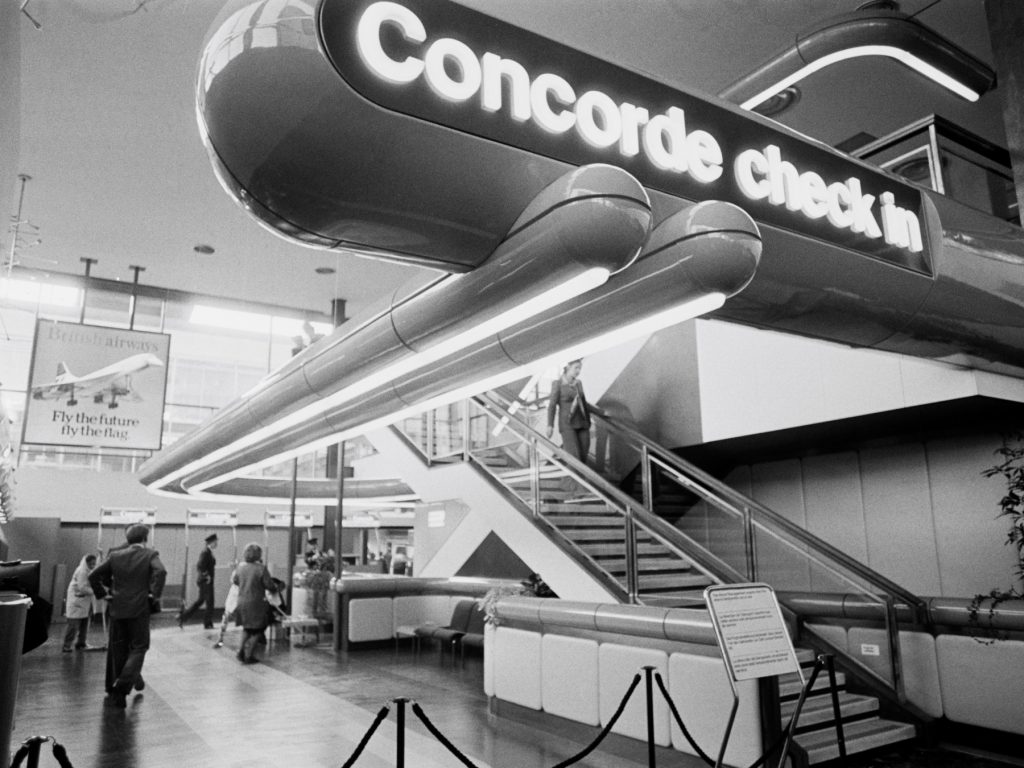
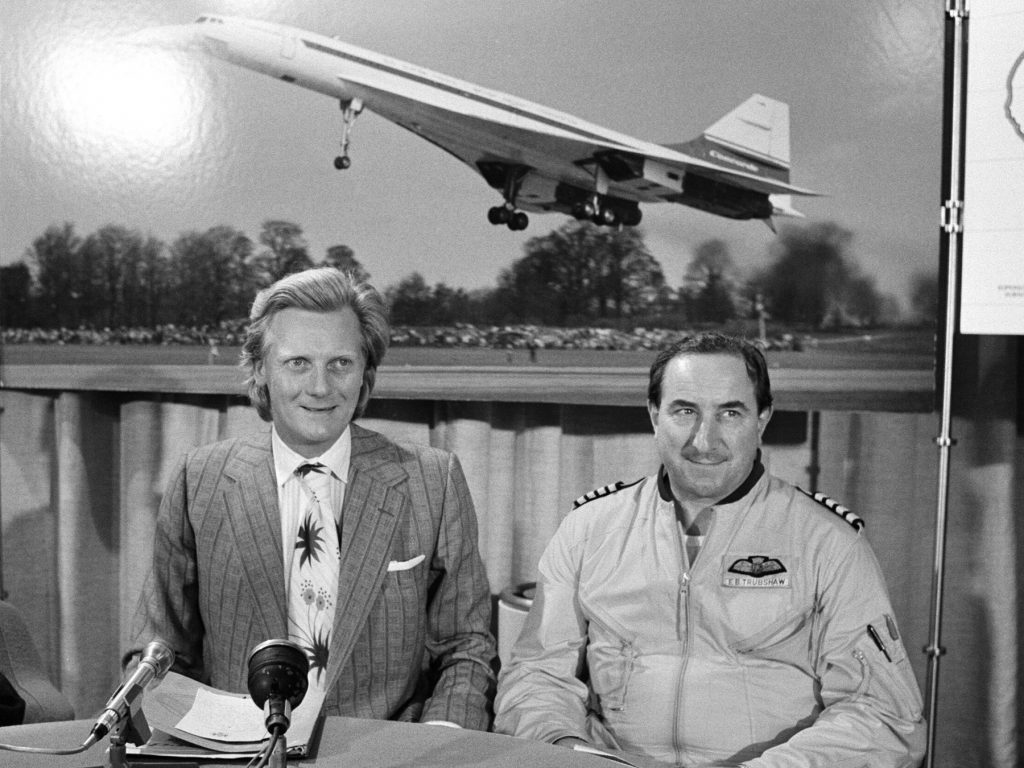
Concorde was the most tested commercial plane that ever flew, undergoing 5,000 hours between its inaugural test flight – from Toulouse on March 2 1969 – to its first day in service, January 21 1976. Safety is paramount in aviation, but it meant the development bills were astronomical. By the time it flew commercially, Concorde had already cost at least £1.3bn – that’s £10bn today. Maintenance costs were also notoriously high.
Still, the time-pressed ultra-wealthy were infatuated by shorter flight times, the perceived glamour and free champagne. “And,” adds Jonathan Glancey, author of Concorde: The Rise and Fall of the Supersonic Airliner, “for much of the British and French public, there was pride that their countries led the way in the exciting era of supersonic flight.”
Says John Hutchinson, one of its former pilots: “The aeroplane was an absolute delight to fly. It handled beautifully.”
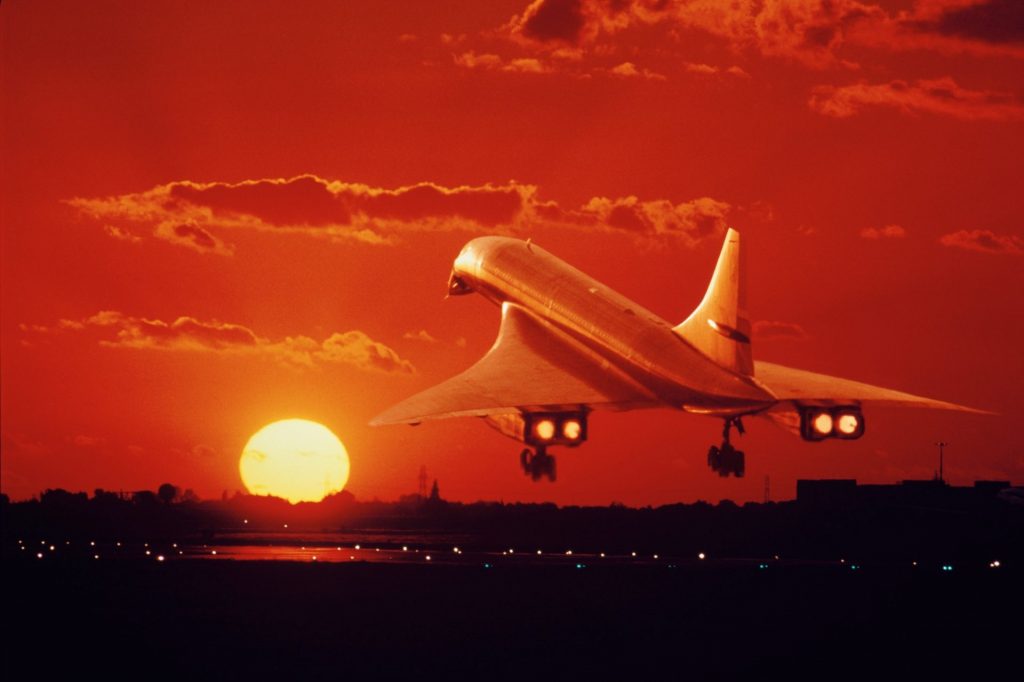
Universal Images/Getty
But Paris pretty much changed everything. Flight AF4590 was taking off from Charles de Gaulle when it ran over a strip of titanium that had fallen from an earlier departing Continental Airlines DC-10. This punctured one of the tyres beneath the aircraft’s port wing. The shredded tyre penetrated a fuel tank, which ignited. It was too late to abort take-off.
Captain Christian Marty immediately radioed to say he was heading to nearby Le Bourget airport. He never made it. All nine crew members, 100 passengers and four people on the ground were killed instantly when the plane stalled and plunged into a hotel in the village of Gonesse.
Although Concorde flights resumed in November 2001, demand had slumped, a situation made even worse by the September 11 terrorist attacks. When BA2 touched down at Heathrow at 4.05pm on October 24 2003, commercial supersonic flight became history.
Concorde would make one final flight when, a month later, one plane flew from Heathrow to Bristol on November 26 before being placed in the city’s aerospace museum. Yet its grip on the public’s consciousness remains. Stories abound, some almost certainly apocryphal.
It might be true that Collins never paid for her flights because of the publicity she provided. It might be true that one man spent £800 on biscuits to win enough air miles for a flight. What is certain is that in 2006 it was voted the winner of the Great British Design Quest, emerging victorious over such design icons as the London Underground map, the Mini and the Spitfire.
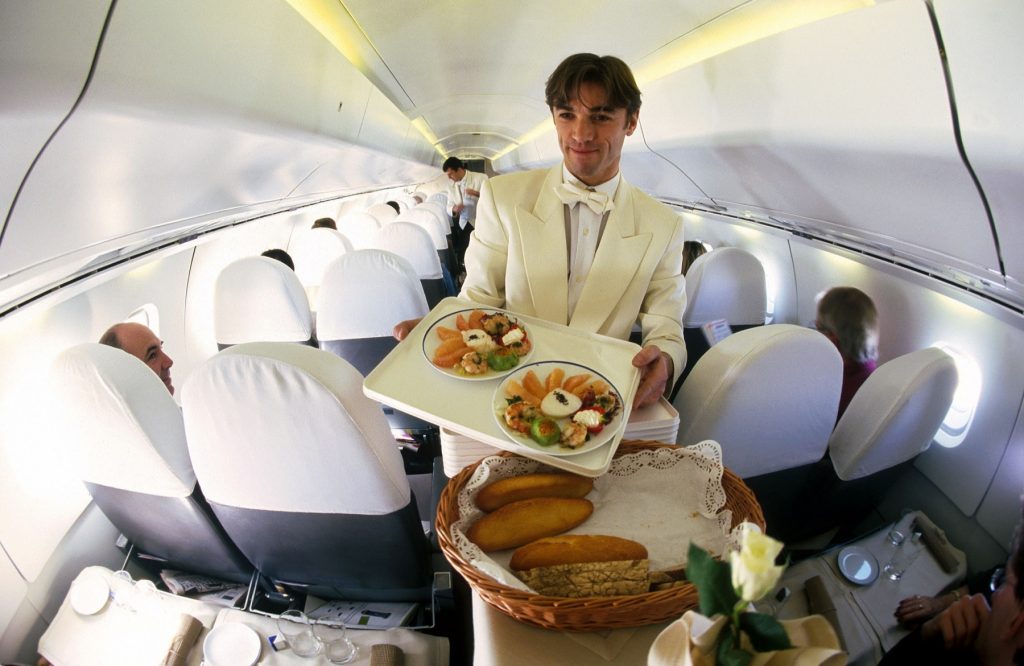
And it was, indeed, startlingly beautiful. I had encountered it once before, as a child standing on a beach in Cornwall aged about six. I was petrified. “What the hell…?” my father exclaimed as the boom of the engines built, rebounding from the surrounding cliffs. And then it swooped, incredibly low over the headland. Awesome, terrifying, breathtaking. Beachgoers watched in deafened awe. But I guarantee none of those present ever forgot it. “A bloody great bird,” my father proclaimed.
Sir Morien Morgan, the aeronautical engineer and administrator often described as “the father of Concorde”, had a more refined analysis: “A lovely shape. One feels that if God wanted aircraft to fly he would have meant them to be this shape,” he eulogised.
“A soul-stirring achievement and a glorious design. Simply beautiful,” says Glancey. “A machine that caught the imagination of artists, architects, writers, photographers and film-makers worldwide. It treated runways like a fashion model.”
It was also, however, in the words of TV producer and history writer Jad Adams, “a hopeless hybrid, a flying symbol of a science fiction that never came to be”.
Of course, the reason the aircraft was called Concorde was because the project was born of partnership. A Franco-British triumph of combined technological application, much like Eurostar, and a diplomatic coup. Post-Brexit, what is the likelihood of such a collaboration in the future?
Sir Peter Ricketts, a crossbench member of the House of Lords and former British ambassador to France, says: “In many ways the two nations still work closely. There’s the huge project to build the nuclear power station at Hinckley Point in conjunction with French energy company EDF, and a new station is planned at Sizewell. Britain and France also work together on offshore wind projects. And although it’s not Concorde, Britain plays a key role in the manufacture of Airbus aircraft.
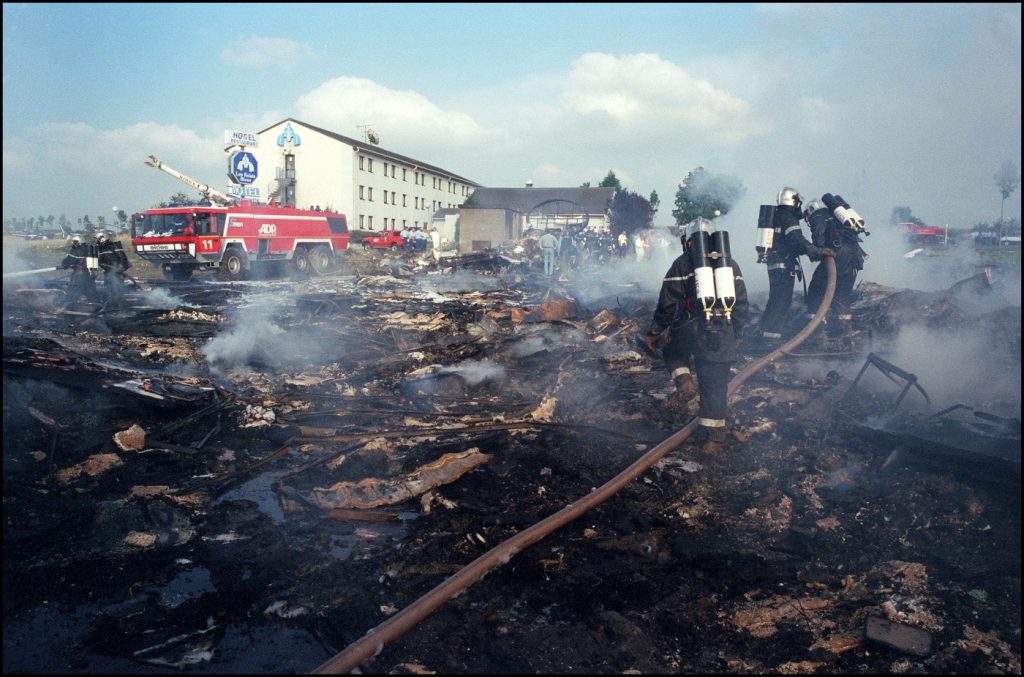
“However, these projects predate Brexit,” he adds. “And there is no doubt Brexit has made collaborations more problematic. One example is defence. Britain and France were close partners, but Brexit seriously damaged that.
“More generally, big projects were always a motor for positive Anglo-French relations. They stopped us bickering and fostered co-operation,” he adds. “That said, major schemes are more difficult to get off the ground today, with or without Brexit.”
Legal ramifications are more complex, securing land more difficult, and government funding far less forthcoming. “I doubt we’ll see another tunnel any time soon. We can’t even build a railway in our own country, let alone collaborate with another,” he adds.
Will we ever see a comeback for commercial supersonic flight? Late last year United Airlines and American Airlines announced plans for one by the end of 2029. The new 80-passenger airliners would be 75% cheaper to operate than Concorde and would use sustainable fuel to travel at Mach 1.7. However, test flights have been repeatedly delayed.
American startup Exosonic Inc has been working since 2019 on a passenger jet capable of achieving Mach 1.8, and was tentatively awarded a contract to replace the US presidential jet, Air Force One. However, it is not expected to fly for another decade at least.
And there is chatter from the likes of Nasa – which has awarded contracts to Boeing and Northrop Grumman to make Mach 2-plus travel “a reality” – Virgin Galactic and even the German Space Agency over hypersonic airliners that can cut transatlantic journey times to just one hour. But for now “supersonic flight seems to remain on the back burner,” says Glancey.
Yet it’s not impossible that Concorde might one day fly again. The Save Concorde and Heritage Concorde groups are preserving airframes and components in the hope that it might take to the skies once more. It would be a huge challenge, but testimony to the popular allure of an aviation icon.
“Concorde will never stop flying,” said Jean-Cyril Spinetta, former chairman of Air France, “because it lives on in people’s imagination.”


